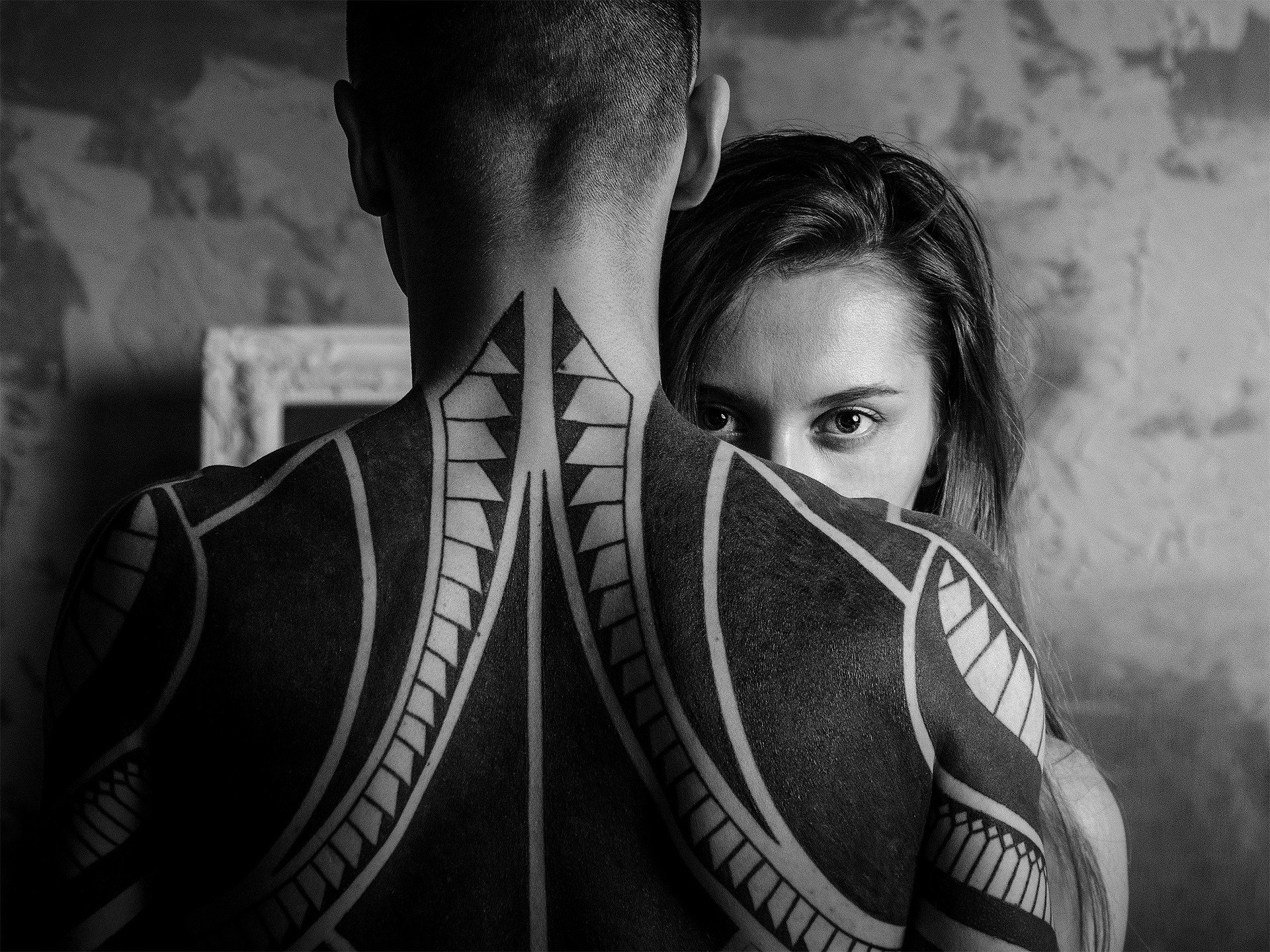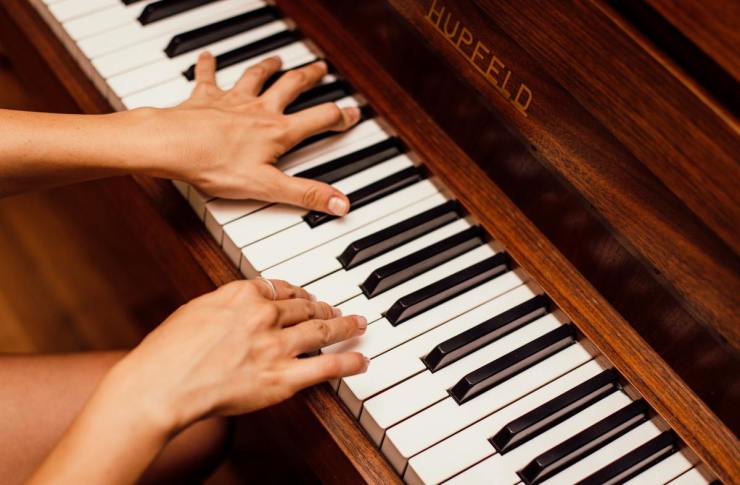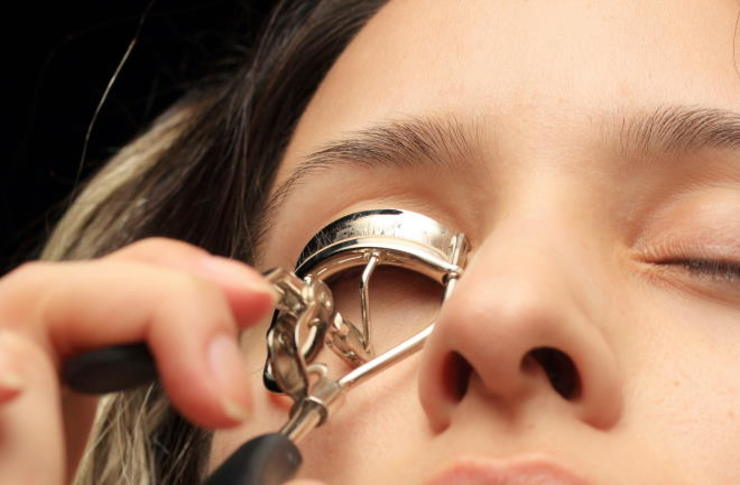Decoding the Meteoric Rise of Indigenous Art in Australia's Cultural Landscape
Australia's vibrant arts and entertainment scene is witnessing a captivating shift. The rise of Indigenous Art is reshaping the country's cultural landscape, bringing long-overdue recognition to Aboriginal creativity. This surge is not just a trend but a powerful movement. Read below to uncover how Indigenous Art has surged to the forefront of Australia's cultural consciousness.
Aboriginal Artistry: An Ancient Legacy
Australia’s Indigenous Art is rooted in the rich cultural heritage of Aboriginal and Torres Strait Islander communities. With stories stretching back over 60,000 years, it is one of the world’s oldest continuous artistic traditions. Indigenous Art grounds itself in spiritual and social elements, portraying ancestral legends and community narratives. This art form, once ignored, is now gaining global recognition for its intricate designs, vibrant colours, and profound symbolism.
Breaking the Stereotype: More than just Dot Paintings
While dot paintings are the most recognised form of Indigenous Art, the breadth and diversity of Aboriginal creativity extend much beyond it. Indigenous artists use a variety of mediums – from bark and textiles to ceramics and digital art. Contemporary Indigenous artists, like Tony Albert and Judy Watson, challenge stereotypes by blending traditional techniques with modern narratives, building a bridge between the past and the present.
The Art Market Boom: Indigenous Art Takes Centre Stage
The resurgence of Indigenous Art has sparked a boom in the Australian art market. Numerous auctions and exhibitions dedicated to Aboriginal art have sprung up, with record-breaking sales often exceeding millions of dollars. Institutions like the Museum of Contemporary Art Australia and National Gallery of Australia have significantly increased their Indigenous Art holdings. Popular events like the National Aboriginal and Torres Strait Islander Art Awards further amplify the visibility of these artists.
Indigenous Art and Social Activism
Indigenous Art has become a potent tool for social activism, elevating Aboriginal voices in Australia’s public discourse. These artworks often address critical issues like land rights, cultural preservation, and racial discrimination. They challenge the dominant narratives, pose uncomfortable questions, and demand dialogue, making a powerful impact on Australia’s socio-political landscape.
Indigenous Art: A Catalyst for Cultural Reconciliation
Indigenous Art plays a pivotal role in fostering cultural reconciliation in Australia. It encourages a deeper understanding of Indigenous histories, cultures, and perspectives, fostering empathy and respect towards Australia’s First Nations people. This art movement is helping to mend historical divides, build bridges, and promote a more inclusive Australian identity.
Useful Tips and Facts: - Indigenous Art is not monolithic; it varies significantly across different regions and communities. - Many Indigenous artists use art as a means to keep their language and culture alive. - Indigenous Art is deeply interconnected with the land, often portraying ancestral landscapes. - Respect for Indigenous cultural intellectual property is vital when engaging with Indigenous Art.
In conclusion, the rise of Indigenous Art in Australia is a movement of cultural awakening. It offers a beacon of hope for cultural reconciliation, fostering a deeper understanding and appreciation of Australia’s rich Indigenous heritage. In the constantly shifting landscape of arts and entertainment, Indigenous Art stands as a testament to the resilience, creativity, and strength of Australia’s First Nations people.





